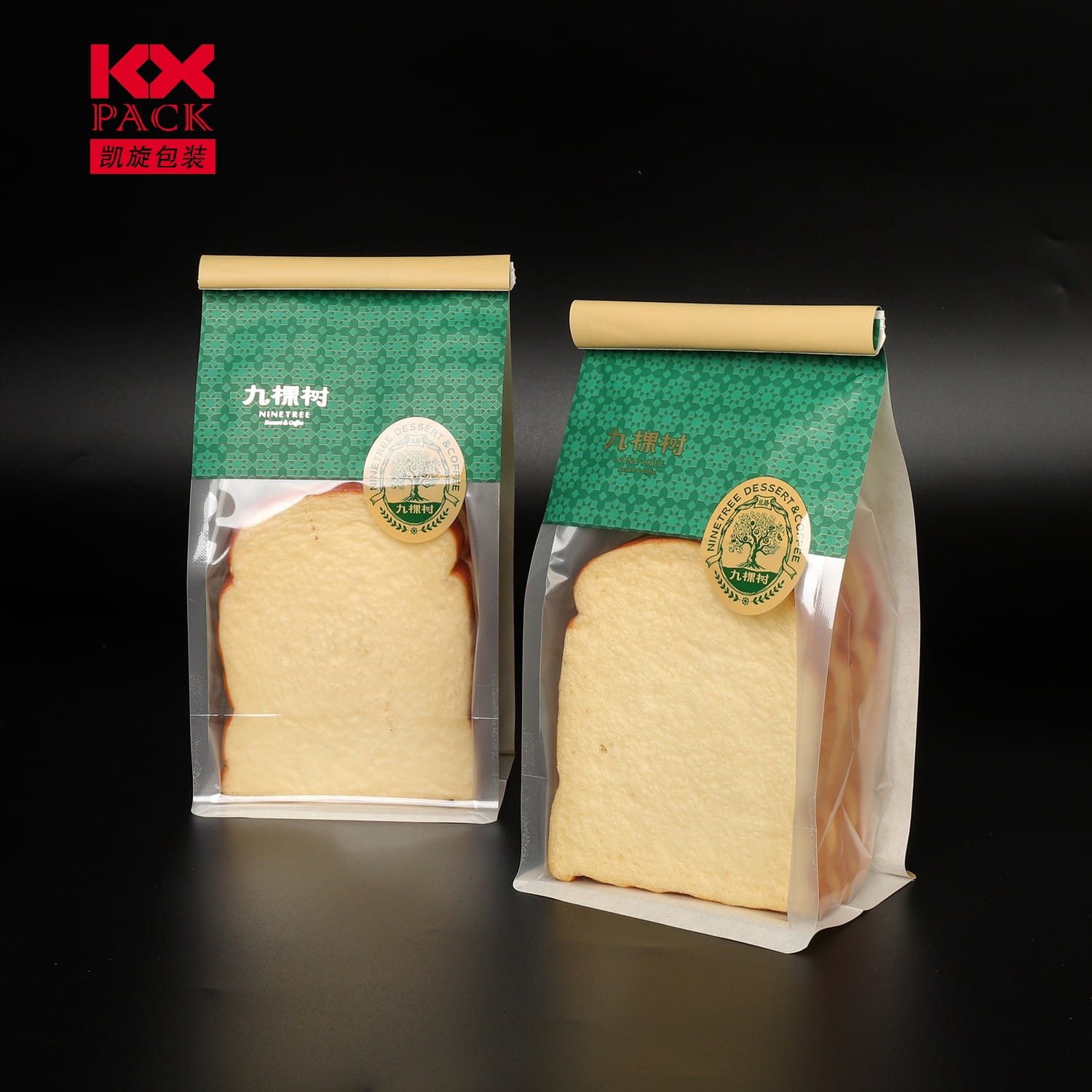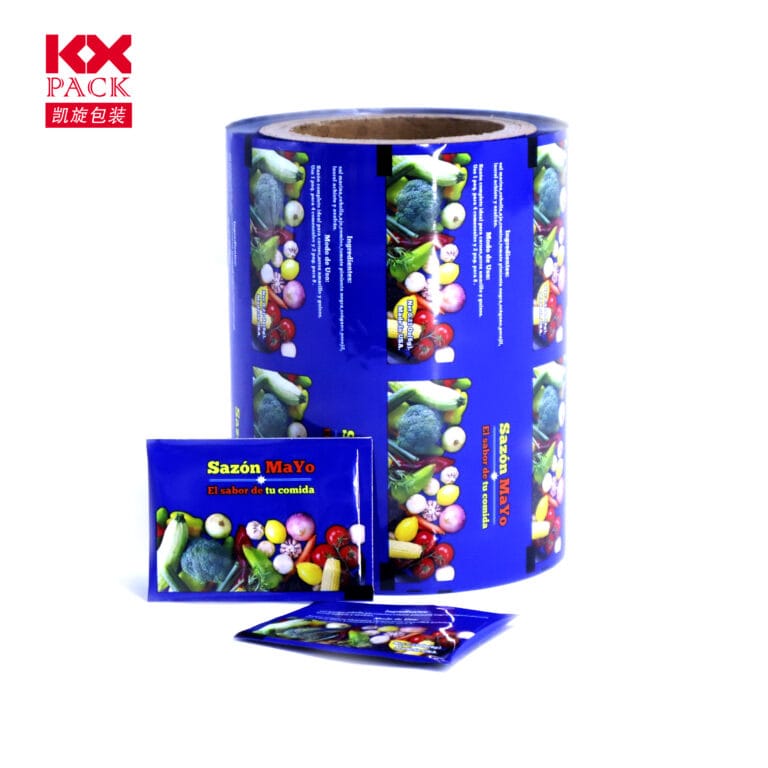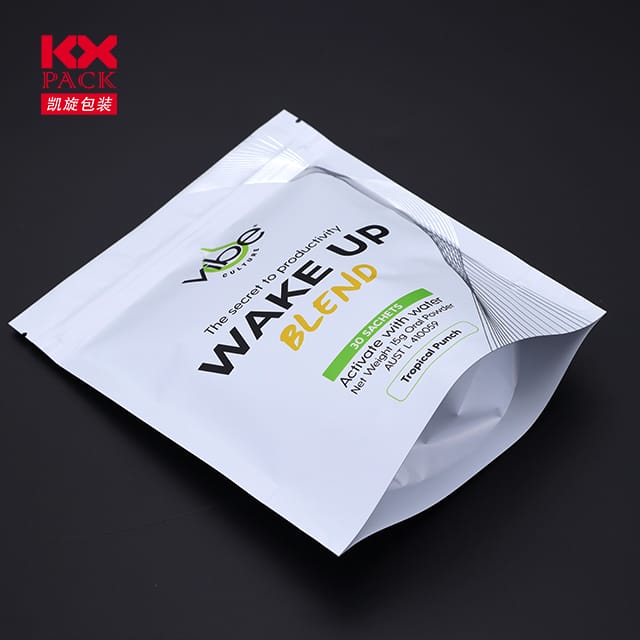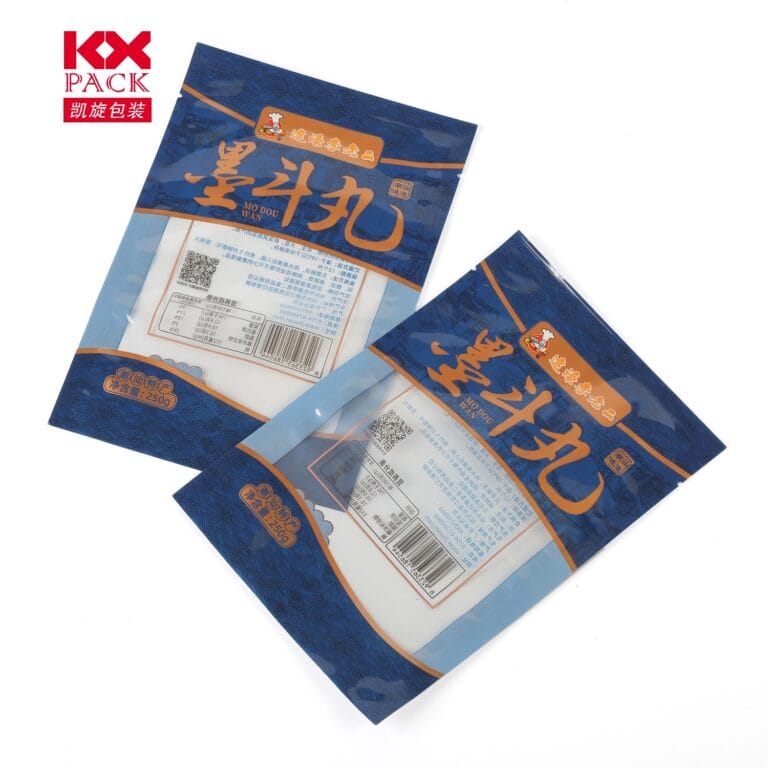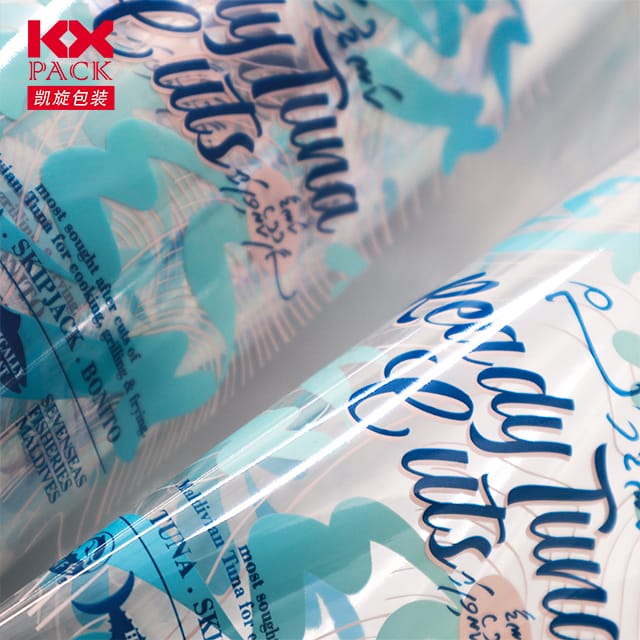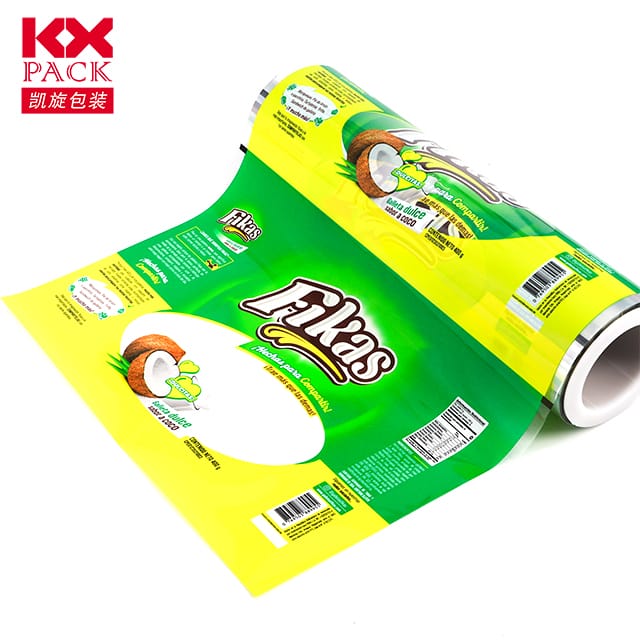The Evolution and Impact of Flexible Films in Food Packaging
Гибкие фильмы
In the dynamic world of food packaging, Гибкие фильмы have emerged as a game-changer, revolutionizing how products are preserved, представлено, and transported. Combining innovation with sustainability, these lightweight, adaptable materials are reshaping the industry while addressing growing consumer demands for convenience and eco-conscious solutions.
What Are Flexible Films?
Flexible film are thin, pliable sheets made from polymers like polyethylene (ЧП), полипропилен (ПП), полиэстер (ДОМАШНИЙ ПИТОМЕЦ), or biodegradable alternatives such as polylactic acid (Плата). Designed to conform to product shapes, they offer versatility unmatched by rigid packaging. Common applications include pouches, wraps, lids, and bags for snacks, свежие продукты, dairy, and ready-to-eat meals.
Key Advantages of Flexible Films
- Enhanced Product Protection
Flexible films create airtight barriers against moisture, кислород, и свет, extending shelf life and reducing food waste. Advanced multilayer structures can incorporate oxygen scavengers or UV filters for superior preservation. - Sustainability Benefits
Compared to traditional materials, flexible films require fewer resources to produce and transport, lowering carbon footprints. Many are now recyclable or compostable, aligning with global circular economy goals. Например, Dow’s RecycleReady technology enables recyclable pouches, while companies like TIPA® offer certified compostable films. - Cost-Efficiency and Convenience
Lightweight and space-saving, flexible films reduce storage and shipping costs. Their resealable designs—like zippers or spouts—enhance user experience, catering to on-the-go lifestyles. - Branding and Shelf Appeal
High-definition printing capabilities allow vibrant, customizable designs, helping brands stand out in competitive retail environments.
Challenges and Innovations
Несмотря на их преимущества, flexible films face hurdles:
- Утилизация инфраструктуры: Single-material films are easier to recycle, but multilayer variants (common in high-barrier packaging) remain problematic.
- Material Complexity: Balancing performance with eco-friendliness requires ongoing R&Д.
Innovations Driving Change:
- Biodegradable Polymers: Materials derived from corn starch or sugarcane are gaining traction.
- Химическая переработка: Breakthroughs like enzymatic degradation promise to recycle mixed-material films.
- Умная упаковка: Integration of sensors to monitor freshness or RFID tags for supply chain transparency.
The Future of Flexible Films
The market for flexible food packaging is projected to grow at aCagr of 5.2% через 2030 (Grand View Research), fueled by:
- Rising e-commerce: Demand for durable, lightweight shipping materials.
- Health-Conscious Consumers: Preferences for hygienic, single-serve portions.
- Regulatory Pressures: Stricter bans on single-use plastics are accelerating adoption of sustainable alternatives.
Заключение
Flexible films represent a bridge between functionality and environmental responsibility. As technology advances, their role in reducing waste, enhancing food safety, and delighting consumers will only expand. Brands that embrace these materials today are not just staying ahead—they’re contributing to a healthier planet.
Призыв к действию:
Are you ready to explore flexible packaging solutions for your brand? Share your thoughts or questions in the comments below—let’s discuss how innovation can meet sustainability in the food industry!
Word count: ~550
Ключевые слова: Гибкие фильмы, food packaging, устойчивость, инновации, переработка

